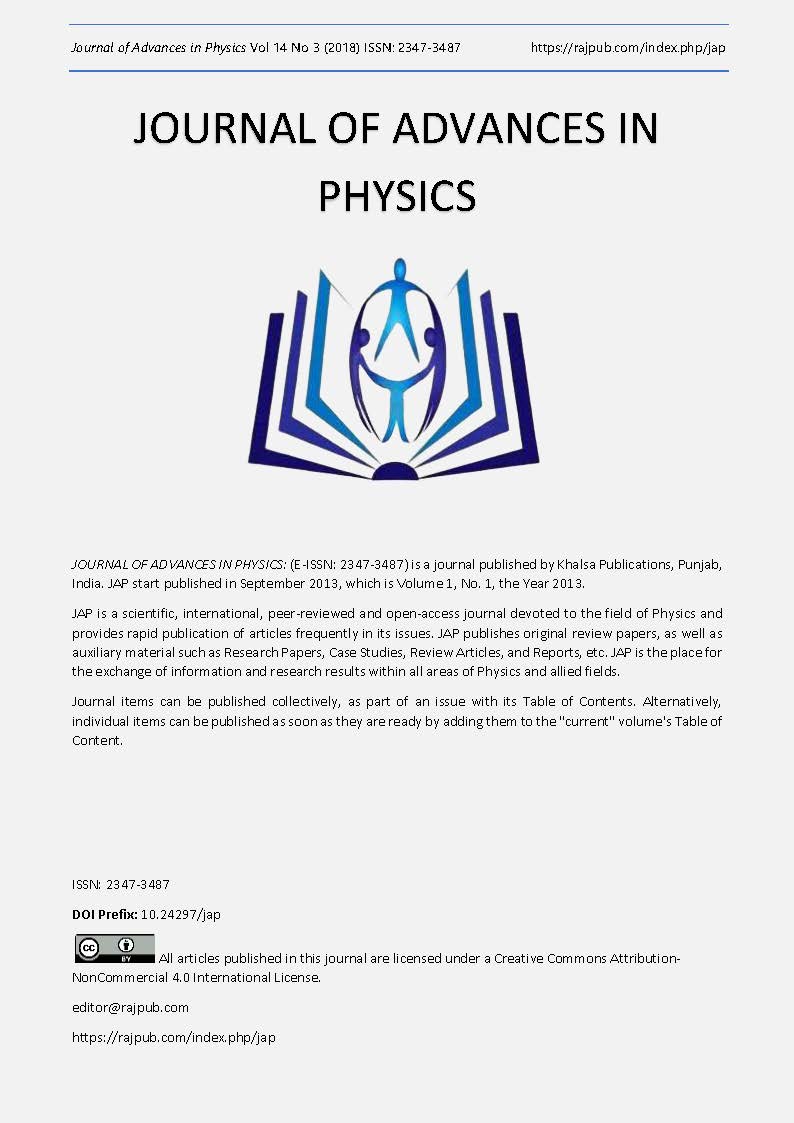Theory of The Three Fields of Space
DOI:
https://doi.org/10.24297/jap.v14i3.7539Keywords:
Time, Nucleus, Solar System, Galaxy, Cosmos, Universe, Superconductivity, Magnetism, Gravity, Space, Orbit, Sun, Mercury, Venus, Earth, Moon, Mars, Jupiter, Saturn, Neptune, Uranus, Space Energy, Nuclear Energy, Galactic Disk, Asteroid Belt, Saturn Rings, SupernovaAbstract
- This article is a logical and rational analysis of the physical phenomena produced by the three fields that are generated in space: gravity field; field of terrestrial nuclear magnetism; and orbital field.
- Eduardo Guimarães, through the studies of the three nuclear masses of the Sun's nucleus, the three nuclear masses of the moon's nucleus, and the three nuclear masses of the Earth's nucleus.
- We discover the three spatial fields that are generated in the solar system and in the planets.
- Then, from the general theory of the three fields of space, we can understand all the mechanics that generate the dynamics and kinematics of celestial bodies.
- So now we can understand why the smaller celestial bodies orbit the orbital field of the largest celestial bodies.
- So now we can understand why the planets produce orbits of elliptical motions, around the orbital field of the Sun.
- Then we understand the orbital mechanics of the little planet Mercury, and its abnormal orbit around the orbiting field of the Sun.
- Then Mercury has a perihelion precession of 2 degrees per century, due to an approximation of the perihelion of Mercury which is attracted by the micro-gravity of the Sun, generating an orbital deviation of 2 degrees per century.
- In the future the planet Mercury will lose energy from its nucleus and will not be able to make the orbital curve of the perihelion because it will have been attracted by the gravitational field of the Sun's nucleus.
- The fall of Mercury on the Sun will generate two thermonuclear explosions of SUPERNOVA.
- The first thermonuclear explosion of SUPERNOVA will be generated by the thermonuclear collision of the gravity mass attraction of Mercury debris with the Sun's nucleus.
- The second thermonuclear explosion of SUPERNOVA will be generated by the thermonuclear collision of attraction of the mass of orbital attraction of Mercury debris with the nucleus of the Sun.
- These two thermonuclear explosions of SUPERNOVA will generate two immense thermonuclear shockwaves that will devastate the entire fragile geo-biome of the solar system.
Downloads
Download data is not yet available.
Downloads
Published
2018-09-25
How to Cite
Guimaraes, E. S. (2018). Theory of The Three Fields of Space. JOURNAL OF ADVANCES IN PHYSICS, 14(3), 5765–5795. https://doi.org/10.24297/jap.v14i3.7539
Issue
Section
Articles
License
 All articles published in Journal of Advances in Linguistics are licensed under a Creative Commons Attribution 4.0 International License.
All articles published in Journal of Advances in Linguistics are licensed under a Creative Commons Attribution 4.0 International License.




